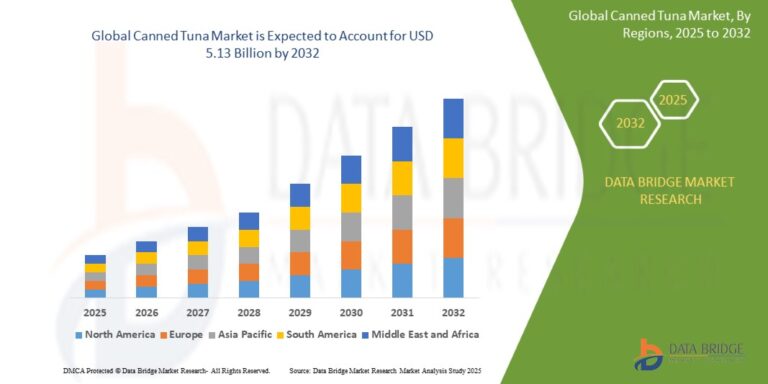The mobile app landscape keeps evolving rapidly. With changing user expectations, new technology, and higher security and performance standards, staying ahead is important. You need to track the trends that will shape the future. Here are the main mobile app development trends to watch for in 2025 and beyond. This information comes from reports by AppInventiv, NectarBits, RadixWeb, and others.
1. AI, Machine Learning & Predictive Analytics
Artificial Intelligence (AI) and Machine Learning (ML) are now key parts of mobile apps. They are not just buzzwords; they help with personalization, automation, and improving user experience (UX). Apps that change based on user behavior and predict what users want next are becoming common. They also adjust content to fit individual needs. Predictive analytics helps in everything from product recommendations to content suggestions.
Chatbots, voice assistants, and smart UI elements powered by ML are helping apps become more engaging and efficient. RadixWeb, for example, is integrating AI-led smart features in apps—voice/gesture recognition, image processing, etc.
2. Extended Reality (AR / VR / XR)
Augmented Reality, Virtual Reality, and combined Extended Reality (XR) are transforming how users interact with apps.AR and VR technologies create immersive experiences. They connect the digital and physical worlds. These technologies are used in gaming, retail, education, real estate, and more.
These trends are speeding up because of better hardware, stronger mobile GPUs, and improved sensor integration. For many app developers, making AR/VR experiences is now a must. It is now expected, especially in fields where visual experience is important.
3. 5G, Connectivity & Real-time Apps
With the broader rollout of 5G networks, apps can deliver faster, more reliable, and more complex experiences. Lower latency, higher bandwidth, and better connectivity open up possibilities: real-time streaming, high-quality video, AR/VR, IoT integration, multiplayer gaming, etc.
For many businesses, using 5G means changing how apps are built. This helps them take advantage of fast, always-on connections. It also ensures that apps work well when handling a lot of data.
4. Foldable Devices & Wearables
Foldables and unconventional device form-factors are on the rise. Apple is filing patents; Samsung, Motorola, and others are releasing devices. These create challenges in designing responsive user interfaces. They affect multi-window behavior and adapting layouts for different screen sizes. It is also important to ensure a smooth user experience when devices fold or unfold.
Wearables—smartwatches, fitness bands, smart glasses—are also expanding. Expect apps to extend functionality to wearables and to support cross-device interactions. IoT is closely tied in here.
5. Low-Code / No-Code Platforms
To accelerate development and reduce costs, low-code and no-code platforms are gaining popularity. These tools let non-developers help create apps. They allow for quick prototyping and faster changes. Sometimes, they can even support simpler apps at a production level.
However, these platforms have some downsides. Their performance, customizability, and maintainability may not match full native or well-designed cross-platform solutions
. But for many use-cases—MVPs, internal tools, smaller apps—they’re a compelling choice.
6. Security, Privacy & Trust
As apps manage more sensitive data like finance, health, and identity, security and privacy are essential. Regulatory rules like GDPR and CCPA are getting stricter. Features like biometric authentication, end-to-end encryption, secure data storage, and minimizing data collection are all important.
Users care more about privacy now. Apps that clearly explain their data policies and limit permissions tend to perform better. They also show trust signals. With more regulations, compliance is now part of development planning.
7. On-Demand Apps, M-Commerce & Omni-channel Experiences
Apps that offer on-demand services (ride-hailing, food delivery, home services, etc.) continue to grow. Users expect fast, convenient service.
Mobile commerce (m-commerce) is changing. It offers better shopping experiences and smoother checkout processes. It also connects with social commerce and live shopping. Having a strong presence across all channels (app, web, physical stores, and social media) is very important.
8. Beacon Technology & Location-Based Services
Proximity-based features using beacons (Bluetooth Low Energy) or enhanced location services open up more opportunities for contextual app behavior, notifications, and personalized content. For example, in retail (offers when the user is near a store), events (location-aware content), or navigation.
Combined with predictive analytics, these features can make user experiences more relevant.
9. Inclusive UX / Inclusive Design
Designing apps that consider different user groups, accessibility needs, and inclusive experiences is now essential. It is not just a nice feature. This can include support for multiple languages, colorblind-friendly options, high-contrast modes, voice navigation, and diverse visuals.
Mobile app design is more human-centric: apps are now expected to feel personal and empathetic. Users respond when apps “see” them (not in a creepy way) but in the sense of respecting differences.
10. Cloud Integration & Instant / Progressive Web Apps
Cloud-based architecture helps scale apps, reduce storage needs, and enable real-time collaboration. It also offloads heavy computation from devices.
Instant Apps on Android and Progressive Web Apps (PWAs) allow users to try apps without fully installing them. These options provide lighter app experiences. This saves space and improves app discovery and conversion.


